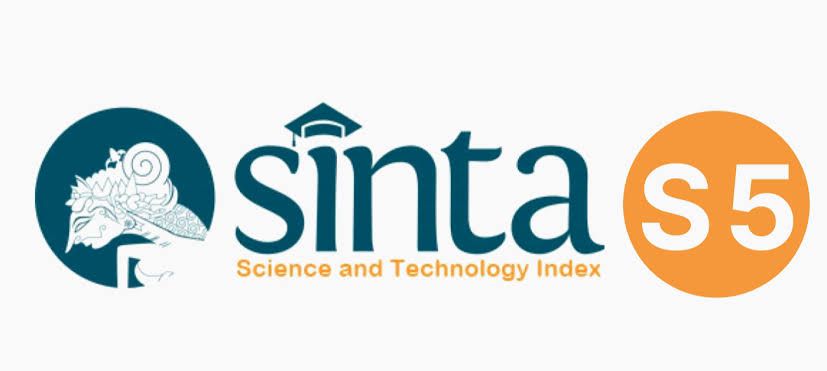Relationship Between The Number of Cigarettes Per Day and Caffeine Intake on Headache Intensity in Faculty of Medicine Student Batch 2016 of Universitas Sumatera Utara
DOI:
https://doi.org/10.32734/aanhs-j.v2i1.3687Keywords:
Keyword: Headache, Smoking, Nicotine, Caffeine, FK USU 2016Abstract
Introduction: Headache is pain or discomfort in all areas of the head. Based on the causes, headache can be classified as primary headaches and secondary headaches. Headache can be caused by several factors such as hormones, nutrition, weather, stress, pressure, emotional, sensory problems (cigarette smoke, perfume, etc.), lack of sleep, excessive sleep, fatigue and physical activity. Cigarette smoke contains dangerous substances such as nicotine, which can cause blood vessels to become vasoconstrictive and cause headaches. Caffeine can also cause headaches. Caffeine can be consumed instead of coffee, energy drinks, cocoa and soft drinks. The aim was to determine the relationship of smoking and caffeine consumption to the intensity of headache in the 2016 USU FK whip students.
Method: Analytical research methods, with cross-sectional research design on students of the 2016 University of North Sumatra School of Medicine. The study population was 227 students of the 2016 Faculty of Medicine, University of North Sumatra. The sampling method of this study was total sampling, taking the entire population of the Batch 2016 Faculty of Medicine students. All subjects were asked to fill out a questionnaire about the identity, smoking rate, level of caffeine consumption, intensity and headache frequency determined using NRS. Data analysis was made with SPSS and tested using a correlation test.
Result: Data were analyzed with the Spearman correlation test. The results show 86 respondents are male respondent (38.1%). The female respondents were 140 respondents (61.9%). This makes women the majority gender in this study. Then, the average age value was 21.01 ± 0.048. It was found that Batak tribe respondents had the largest population, as many as 112 respondents (49.6%). Meanwhile the Minang tribe is the least populous population of 5 respondents (2.2%). Found respondents that smoke are 32 respondents (14.2%). Then found respondents that did not smoke are194 respondents (85.8%). 204 respondents consumed caffeine were around 90.3% and 22 respondents that did not consume caffeine which is about 9.7%. Spearman correlation analysis test showed no significant relationship between the number of cigarettes per day and the intensity of headache (p = 0.624) and there was a significant relationship between caffeine intake and headache intensity (p = <0.001).Â
Conclusion: There is no relationship between the number of cigarettes per day to the headache intensity in the 2016 Faculty of Medicine students of University of North Sumatra. But there is a relationship between the number of cups of caffeine per week to headache intensity in the 2016 Faculty of Medicine students of the University of North Sumatra.
Downloads
Downloads
Published
How to Cite
Issue
Section
License
Copyright (c) 2020 Asian Australasian Neuro and Health Science Journal (AANHS-J)

This work is licensed under a Creative Commons Attribution-NonCommercial-NoDerivatives 4.0 International License.
The Authors submitting a manuscript do understand that if the manuscript was accepted for publication, the copyright of the article shall be assigned to AANHS Journal.
The copyright encompasses exclusive rights to reproduce and deliver the article in all forms and media. The reproduction of any part of this journal, its storage in databases and its transmission by any form or media will be allowed only with a written permission from Asian Australasian Neuro and Health Science Journal (AANHSJ).
The Copyright Transfer Form can be downloaded here.
The Copyright form should be signed originally and sent to the Editorial Office in the form of original mail or scanned document.














